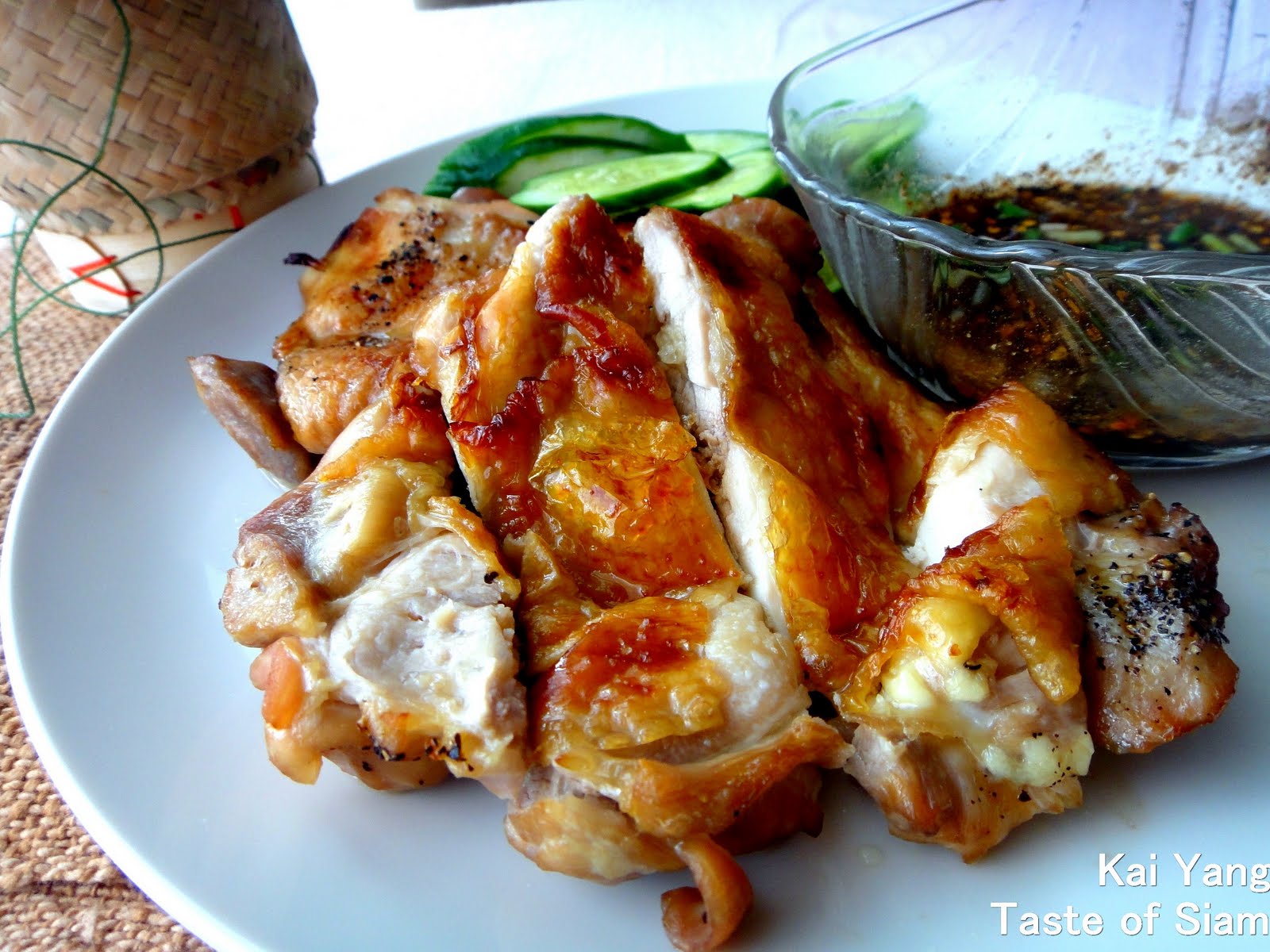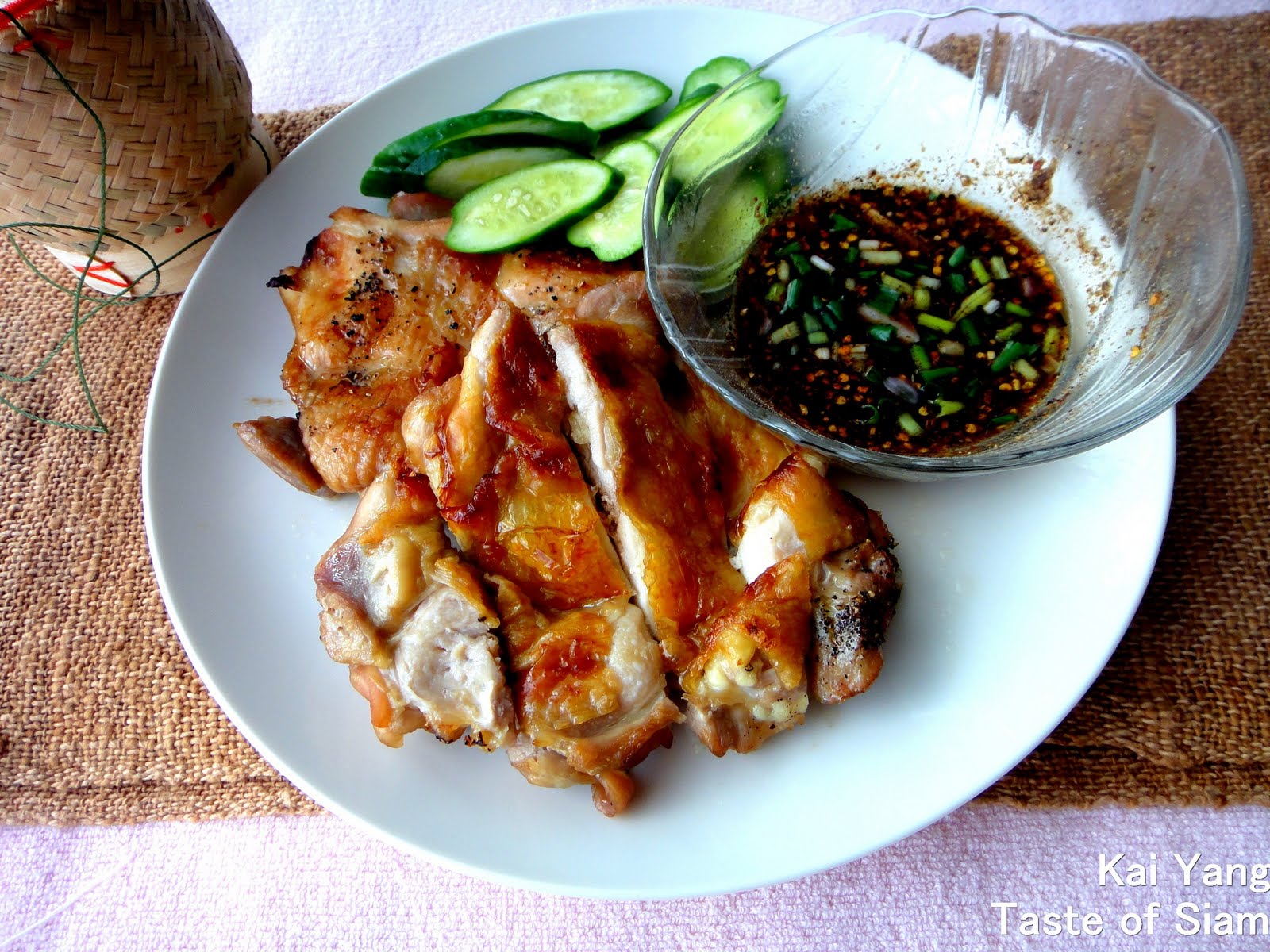When it comes to the culinary arts, few figures have captured the hearts and taste buds of food enthusiasts like Kai Yang. This article delves into the rich history, techniques, and flavors of Kai Yang, a popular grilled chicken dish that has become a staple in various cultures. From its origins to modern interpretations, we will explore everything you need to know about this delicious dish.
In this extensive guide, we will examine the different aspects of Kai Yang, including its unique preparation methods, regional variations, and the cultural significance it holds in various communities. By the end of this article, you will have a thorough understanding of Kai Yang, its history, and how to enjoy it to the fullest.
As we embark on this culinary journey, we will provide insights and tips on how to recreate authentic Kai Yang in your own kitchen. With the right techniques and ingredients, you can bring the flavors of this beloved dish to your dining table. Let’s dive into the world of Kai Yang!
Table of Contents
- What is Kai Yang?
- History of Kai Yang
- Preparation Techniques for Kai Yang
- Key Ingredients Used in Kai Yang
- Regional Variations of Kai Yang
- Cultural Significance of Kai Yang
- Nutritional Value of Kai Yang
- How to Make Kai Yang at Home
What is Kai Yang?
Kai Yang is a traditional grilled chicken dish that originates from Southeast Asia, particularly in Thailand and Laos. It is characterized by its marinated chicken, which is cooked over an open flame or on a charcoal grill. The dish is known for its smoky flavor and tender, juicy meat. The name "Kai Yang" translates directly to "grilled chicken" in Thai, making it a straightforward yet enticing culinary delight.
Key Characteristics of Kai Yang
- Marinated in a flavorful mix of herbs and spices.
- Cooked over an open flame for a smoky flavor.
- Served with a variety of dipping sauces and sides.
History of Kai Yang
The history of Kai Yang can be traced back to ancient cooking practices in Southeast Asia. Grilling meats over an open flame has been a common method of food preparation for centuries, and Kai Yang is a prime example of this tradition. The dish is believed to have evolved from the cooking styles of the indigenous people of the region, who utilized available ingredients and cooking techniques to create flavorful meals.
As trade and cultural exchanges took place throughout history, the preparation of Kai Yang was influenced by various culinary traditions. This led to the incorporation of different spices and marinades, enhancing the flavor profile of the dish.
Preparation Techniques for Kai Yang
Preparing Kai Yang involves several key steps that contribute to its unique flavor and texture. Below are the essential techniques used in making this dish:
Marinating the Chicken
The marinade is the heart of Kai Yang. Typically, it consists of a mixture of herbs, spices, and sauces that infuse the chicken with flavor. Common ingredients include:
- Garlic
- Shallots
- Turmeric
- Soy sauce
- Fish sauce
- Sugar
The chicken is usually marinated for several hours or overnight to allow the flavors to penetrate the meat thoroughly.
Grilling Techniques
Grilling is the key to achieving the signature smoky flavor of Kai Yang. Here are some important tips:
- Use a charcoal grill for the best flavor.
- Maintain a medium heat to ensure even cooking.
- Turn the chicken regularly to prevent burning.
Key Ingredients Used in Kai Yang
The choice of ingredients plays a crucial role in the flavor of Kai Yang. Here are some of the essential components:
Main Ingredients
- Whole chicken or chicken parts (thighs, drumsticks)
- Marinade ingredients (herbs, spices, sauces)
- Accompaniments (fresh vegetables, herbs)
Common Dipping Sauces
Kai Yang is often served with a variety of dipping sauces, including:
- Nam Jim Jaew (spicy dipping sauce)
- Peanut sauce
- Sweet chili sauce
Regional Variations of Kai Yang
Kai Yang is enjoyed across different regions, and each area has its own unique take on the dish. Here are some notable variations:
Thai Kai Yang
In Thailand, Kai Yang is typically marinated with a blend of Thai herbs and served with a spicy dipping sauce. It is often accompanied by sticky rice and fresh vegetables.
Lao Kai Yang
In Laos, Kai Yang is marinated with local herbs and spices, resulting in a slightly different flavor profile. It is commonly served with papaya salad and sticky rice.
Cultural Significance of Kai Yang
Kai Yang holds a special place in the hearts of many Southeast Asians. It is often enjoyed during family gatherings, festivals, and celebrations. The dish symbolizes togetherness and community, as it is typically shared among family and friends.
Nutritional Value of Kai Yang
Kai Yang is not only delicious but also nutritious. Here are some key nutritional benefits:
- High in protein from the chicken.
- Rich in vitamins and minerals from the herbs and spices used.
- Lower in fat when grilled compared to fried options.
How to Make Kai Yang at Home
Making Kai Yang at home is easier than you might think. Here’s a simple recipe to get you started:
Ingredients
- 1 whole chicken, cut into pieces
- 4 cloves garlic, minced
- 2 shallots, minced
- 1 tablespoon turmeric powder
- 3 tablespoons soy sauce
- 2 tablespoons fish sauce
- 1 tablespoon sugar
Instructions
- In a bowl, combine garlic, shallots, turmeric, soy sauce, fish sauce, and sugar to create the marinade.
- Coat the chicken pieces with the marinade and let it sit for at least 4 hours, preferably overnight.
- Preheat the grill to medium heat.
- Grill the chicken for about 30-40 minutes, turning occasionally until cooked through.
- Serve hot with your choice of dipping sauce and sides.
Conclusion
In conclusion, Kai Yang is more than just a dish; it is a celebration of flavor, culture, and tradition. By understanding its history, preparation techniques, and cultural significance, you can appreciate this culinary masterpiece even more. We encourage you to try making Kai Yang at home and share your experiences with others. What’s your favorite way to enjoy this dish? Leave a comment below!
Call to Action
If you enjoyed this article, please share it with your friends and family. Also, feel free to explore more of our content for additional recipes, cooking tips, and culinary insights. Join us on this delicious journey!
Closing Remarks
Thank you for taking the time to learn about Kai Yang. We hope you found this article informative and inspiring. We look forward to welcoming you back for more culinary adventures!
The Ultimate Guide To Kaz Ramen: A Culinary Delight
Where Carol: Discovering The Journey And Legacy Of A Remarkable Individual
Fashion Show Mall Las Vegas: The Ultimate Shopping Experience

